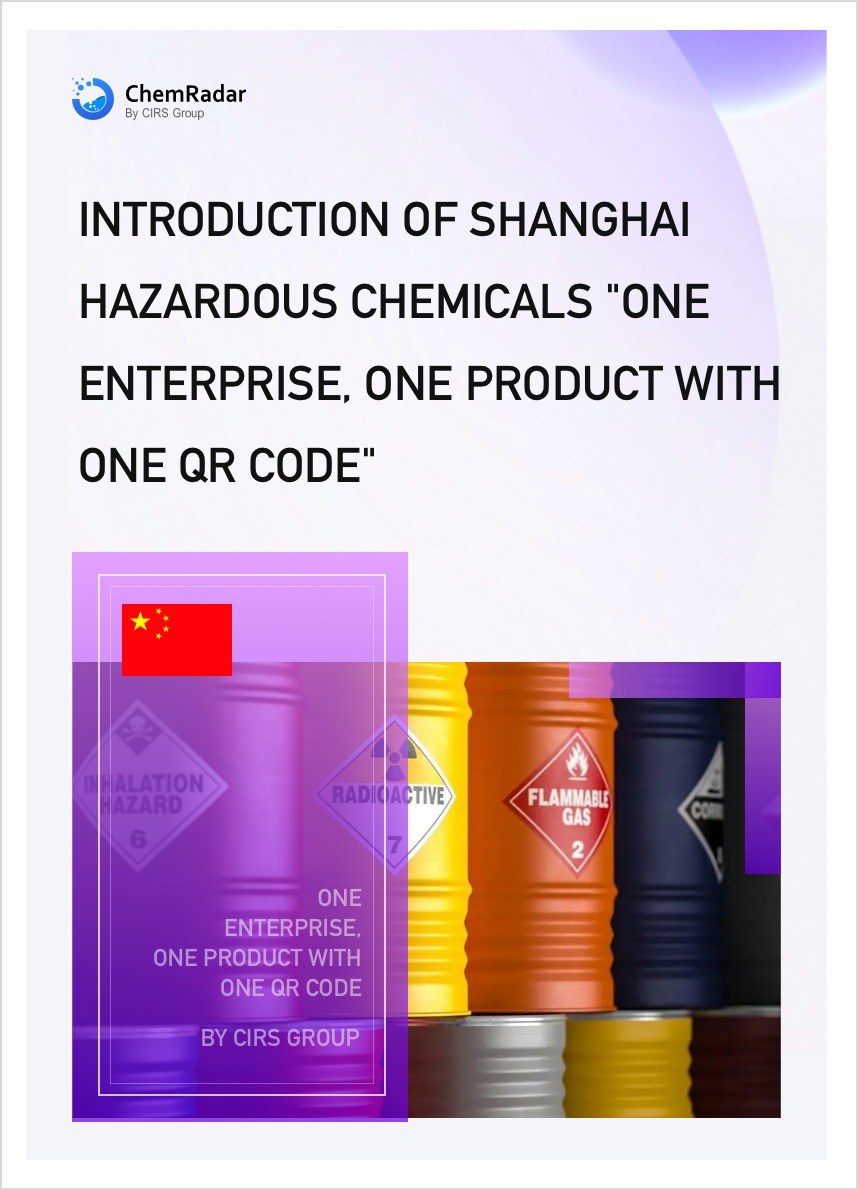1. Legal Basis
In February 2024, Shanghai Municipal Emergency Management Bureau and Shanghai Municipal Commission of Communications officially issued the Notice on Promoting the Information Management of Hazardous Chemicals Entry and Exit and Hazardous Goods Loading and Unloading Based on "One Enterprise, One Product with One QR Code", marking the official landing of the Shanghai one enterprise, one product, one code program. After the implementation of the program, it is planned that before December 31, 2024, the hazardous chemicals listed in the Catalogue of Hazardous Chemicals (including 88 items under entry 2828 of the Implementation Guide of the Catalogue of Hazardous Chemicals (2015 Edition) (Trial) ) circulating in Shanghai shall be assigned a traceability code on the minimum outer package; for the warehouses storing hazardous chemicals that need permission, information transformation is required to be carried out, and the information of hazardous chemicals entering and exiting and inventory shall be submitted to the regulatory authorities in real time.
The main legal basis for the above notice is the Shanghai Measures for the Safety Management of Hazardous Chemicals. According to the Shanghai Measures for the Safety Management of Hazardous Chemicals, Article 19 (Entry and exit information): Enterprises producing and storing hazardous chemicals, enterprises obtaining safety licenses for hazardous chemicals and other units storing highly toxic chemicals and explosive-prone hazardous chemicals shall adopt electronic tags and other automatic identification technologies to realize the dynamic management of hazardous chemicals entering and exiting information. Hazardous chemicals safety regulatory authorities can obtain real-time information on hazardous chemicals inventory and warehousing according to regulatory needs.




